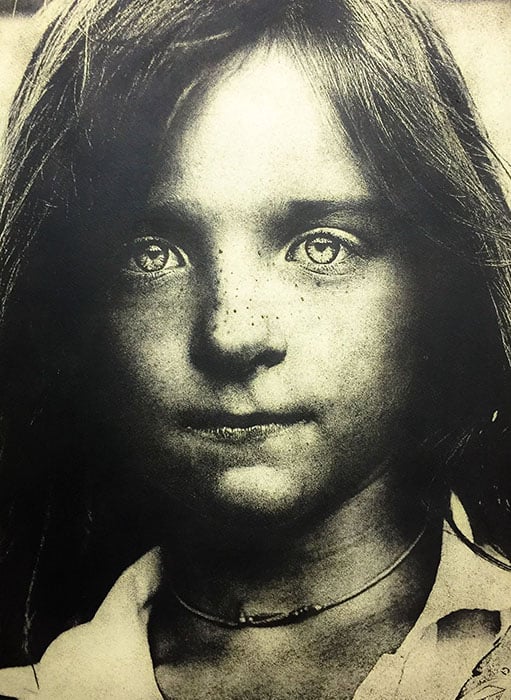This Amazing Photo Process is Called Gumoil Printing
Photographer Anna Ostanina of St. Petersburg, Russia, has spent years working with alternative photo printing techniques. Her favorite is one called gumoil printing.
The 2-minute video above shows how Ostanina recently used the process to create a giant print showing the portrait of a girl.
Koenig’s method of creating polychromiatic gumoil prints involved coating a sheet of 100% rag paper with sensitized liquid gum arabic and then exposing the paper to an image with intense ultraviolet radiation. The paper is then developed in water, dried, and rubbed with a dark pigment. Once excess pigment is wiped off and the paper is dipped in bleach to remove some of the light-hardened residual gum, the paper is ready for another pigment application.
![]()
After days or weeks of applying pigment and washing it off, the print is finished and the photo appears as intended on it. Since the process is so long and tedious, no two gumoil prints are exactly the same.

For her gumoil printing, Ostanina uses cotton paper, oil paints, gum, and chromium salts. Unlike Koenig’s work, Ostania doesn’t use additional chemicals such as chlorine bleach.
“All that is necessary for a successful work is quality paper and oil colors, properly selected chemical composition and faithful exposition,” she says. You can find more of Ostania’s gumoil prints in this Facebook album.
(via Phogotraphy)
Image credits: Photographs by Anna Ostanina and used with permission